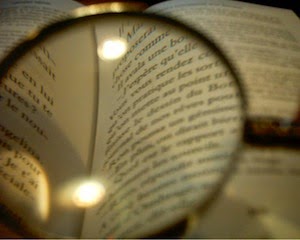This image of a Halloween cake comes from American Cookery published in 1914, which I found on Flickr, thanks to Maureen Taylor's Legacy Family Tree webinar, A Library at Your Fingertips - the Internet Archive.
While I'm sure I can't explain this as eloquently as Maureen, here are the basic steps to search Flickr for images of things such as an ancestor, a town, or a topic of interest.
- Go to the section on Flickr where you can search Internet Archive Book Images. You'll most likely want to bookmark it for future use as well. You can also search the collections of other participating institutions, so there's a lot to explore!
- Type in your search term: like I said, it can be an ancestor's surname, a town name, or topic of interest. Make sure you select "Internet Archive Book Images' Photostream" from the search box drop-down that appears when you start to type. For some reason, it disappears quickly so, if you don't select this, you'll be searching all of the photographs that every user has uploaded.
- Once you see an image that interests you, just click on it and view the description provided.
- Click on the "view book online" link underneath the image details to see how the image appeared in the original publication.














